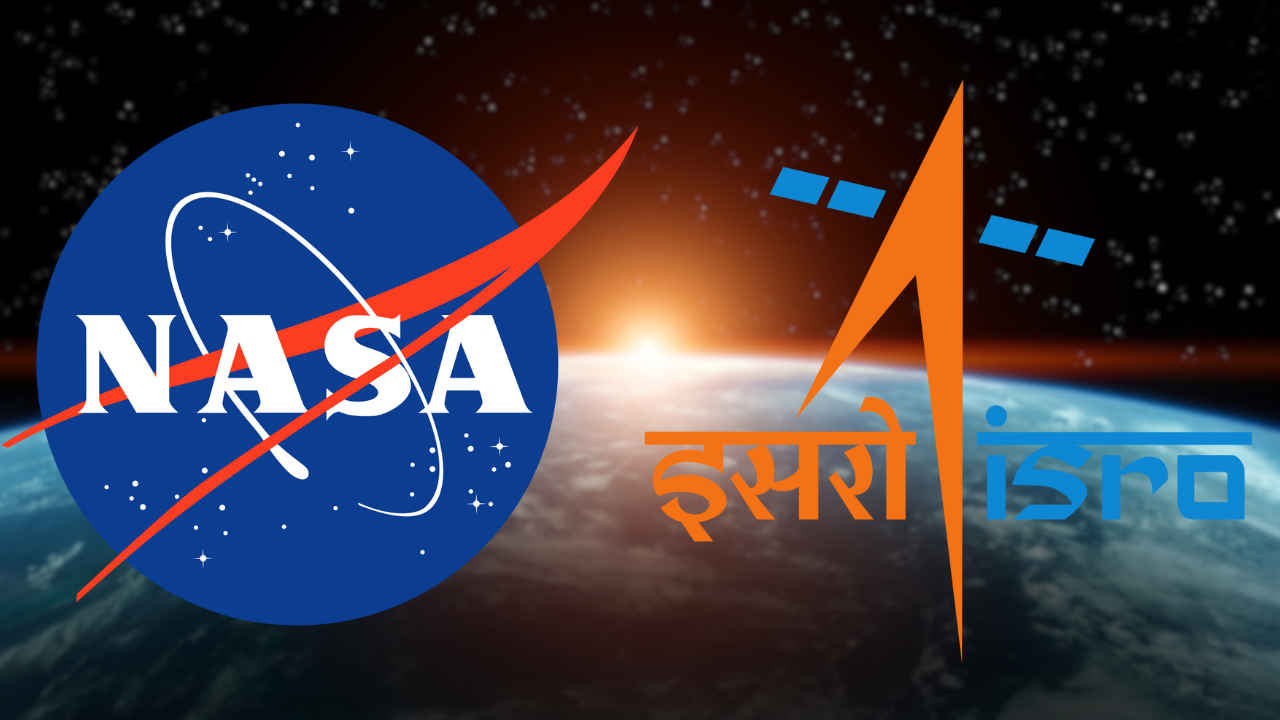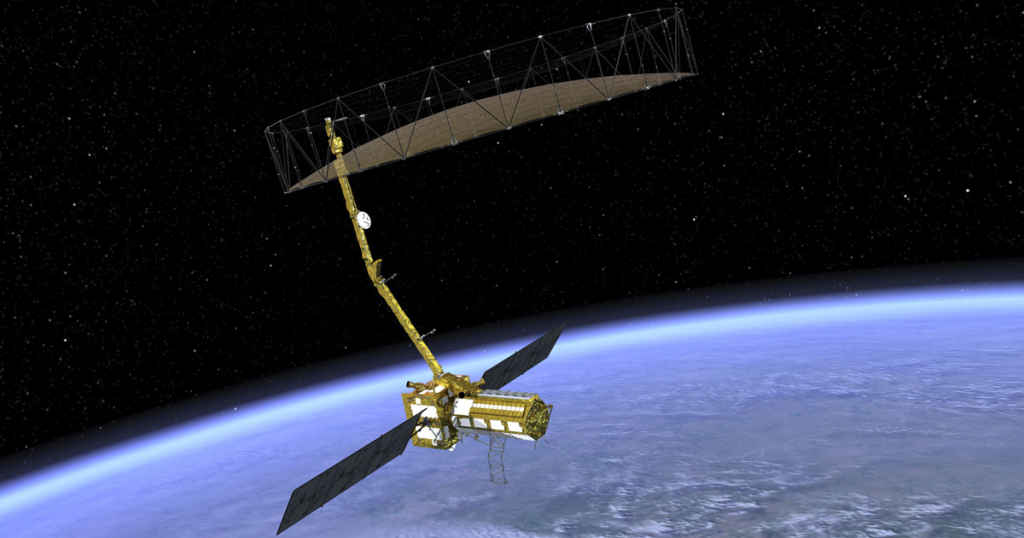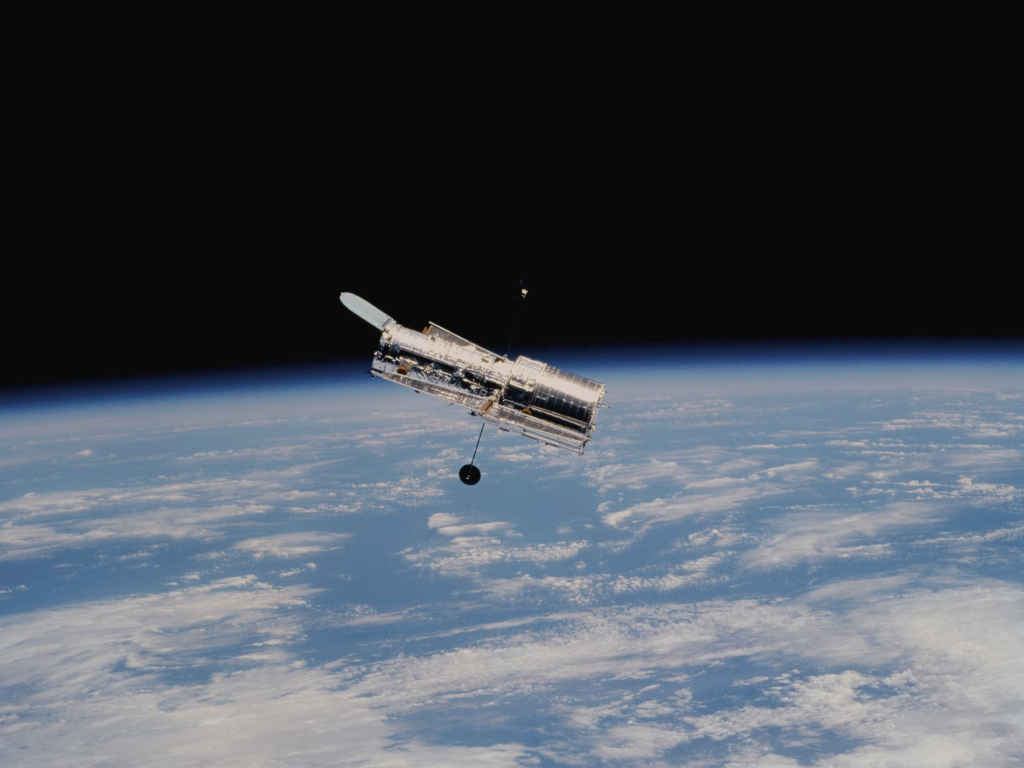NASA and ISRO’s joint space mission, NISAR: All you need to know
Both NASA and ISRO are working on a joint space mission.
The mission is called NISAR, a short form of NASA ISRO Synthetic Aperture Radar.
NASA ISRO Synthetic Aperture Radar will observe Earth and is said to be the first radar imaging satellite to use dual frequencies.

Indian Space Research Organisation (ISRO) made history a few months ago by landing the Chandrayaan-3 on the darkest side of the moon. Now, the Indian space agency has collaborated with the American space agency, NASA. Both NASA and ISRO are working on a joint space mission, which is set to launch in early 2024. The mission is called NISAR, a short form of NASA ISRO Synthetic Aperture Radar. This will be an Earth-observing mission and NASA will help ISRO set up its first space station. Let’s find out why ISRO and NASA are conducting this mission.
 Survey
SurveyRecently, NASA’s Administrator, Bill Nelson visited India. He went to ISRO’s facilities in Bengaluru where NISAR is getting tested. This includes the testing of the space shuttle and the partnership between NASA and ISRO.
Also read: Chandrayaan-3: Where and how to watch historic ISRO moon landing
What do we know about NISAR?

NASA ISRO Synthetic Aperture Radar will observe Earth and is said to be the first radar imaging satellite to use dual frequencies. If things go as planned, the NISAR will most likely be unveiled in January next year. Using its advanced radar imaging technology, the NISAR will map the elevation and movement of Earth’s land masses as well as that of its ice sheets four to six times a month. It will do this at a resolution of 5-10 metres.
The NISAR satellite primarily aims at closely studying some of the most compound and deep natural processes of our planet Earth. These include ecosystem disturbances, ice-sheet collapse, as well as earthquakes, volcanoes, and landslides.
Also read: Microsoft partners up with ISRO to help space-tech startups in India

How will the data collected by NISAR help us? Scientists and technical experts will be able to study in depth about the evolution of the earth’s crust with the help of this data. Further, they will have the chance to both predict as well as analyse natural disasters. It will also help with a better understanding of the natural resources of our planet. To top it all off, all the data will be made available for free.
Mustafa Khan
Mustafa is a young tech journalist who tells it like it is, cutting through buzzwords to deliver straightforward smartphone reviews. He’s the office go-to for insider tips and quick demos, and his video content doesn’t waste anyone’s time. When he’s off the clock, he geeks out over cars, photography, and hunting down the best spot for Indian food. View Full Profile